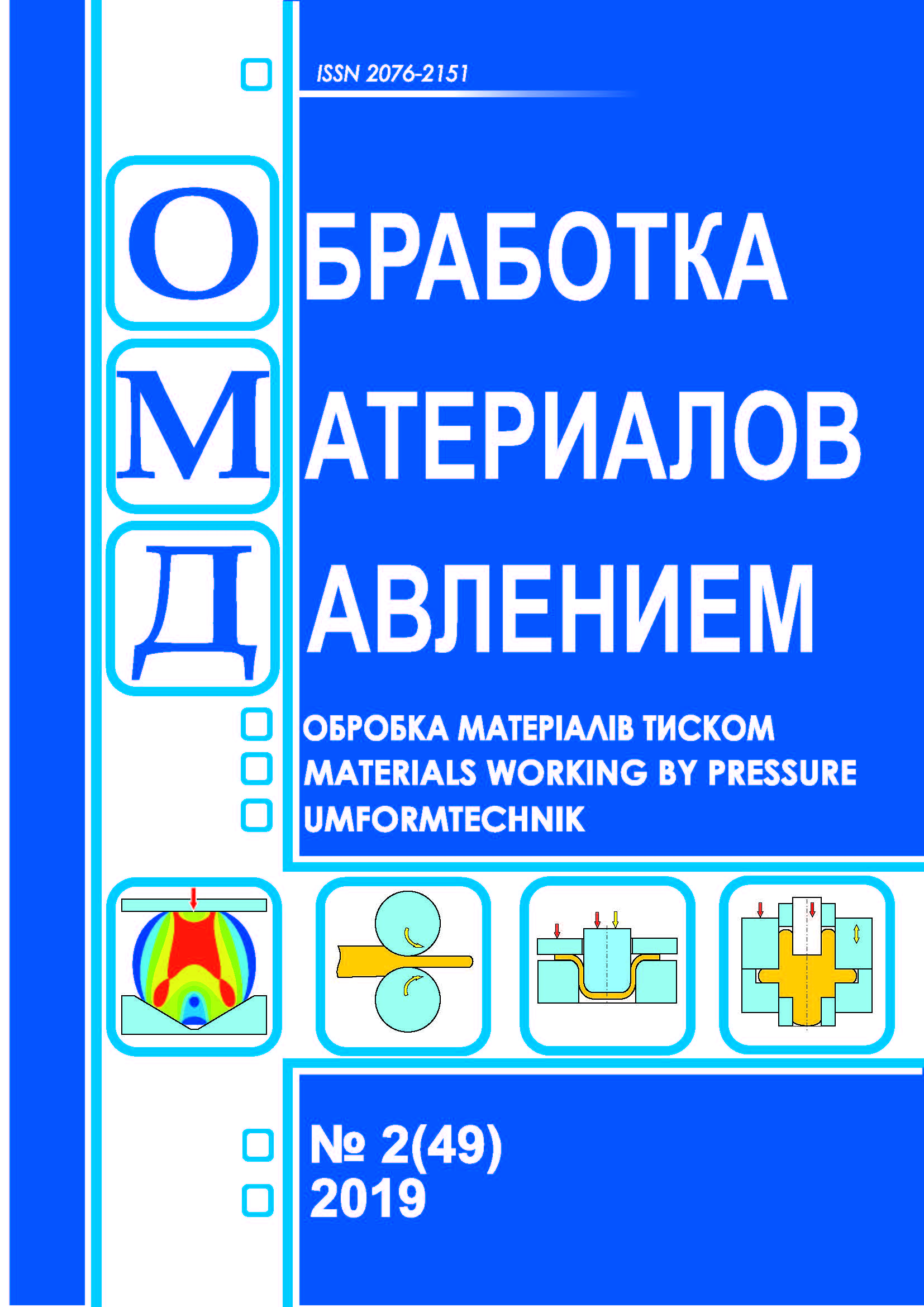Copper edge rolling method to reduce the risk of eutectic formation in the weld
DOI:
https://doi.org/10.37142/2076-2151/2019-2(49)163Keywords:
welding of copper with steel; crystallization cracks; fields of equivalent plastic deformations; anisatropy of metal properties; defects of the weld.Abstract
Gavrish Р. A., Gribkov E. P. Copper edge rolling method to reduce the risk of eutectic formation in the weld // Material working by pressure. – 2019. – № 2 (49). - Р. 163-168.
The aim of the study is to analyze the causes of the formation of crystallization cracks during welding of copper with steel. The main features of welding copper with steel: low solubility of copper in iron and iron in copper; differences in melting and boiling points, in the structure and properties of metals; the possibility of the formation of brittle crystallization layers and eutectics around grains in the weld; wide crystallization range and copper affinity for oxygen. Experimental studies of geometric methods for adjusting the thermal state during welding are performed. The thermal state of parts during welding can be controlled by the heat input of each metal. Increasing the angle of cutting edges increases the amount of deposited electrode metal, and hence increases the heat input of this metal. For copper, the angle of cutting edges is larger than for steel, since the thermal conductivity of copper is 6 times greater than the thermal conductivity of steel. Copper heats up faster and cools faster, therefore, to optimize the thermal state, it is advisable to maintain a more uniform overall thermal state by increasing the deposited metal. The angles of cutting the edges of the parts during welding separately for copper and for steel are specified. The quality of welds of dissimilar metals is improved by applying an analysis of the structural design of the weld. A promising method for cutting copper edges for welding is investigated. Using edge rolling, anisatropy of metal properties is created in copper, which leads to a decrease in the number of eutectic formations in the weld during welding. When developing the technology for rolling copper edges, the energy-force process parameters were taken into account. Equivalent plastic deformation fields are calculated during rolling of copper edges depending on the degree of compression.

